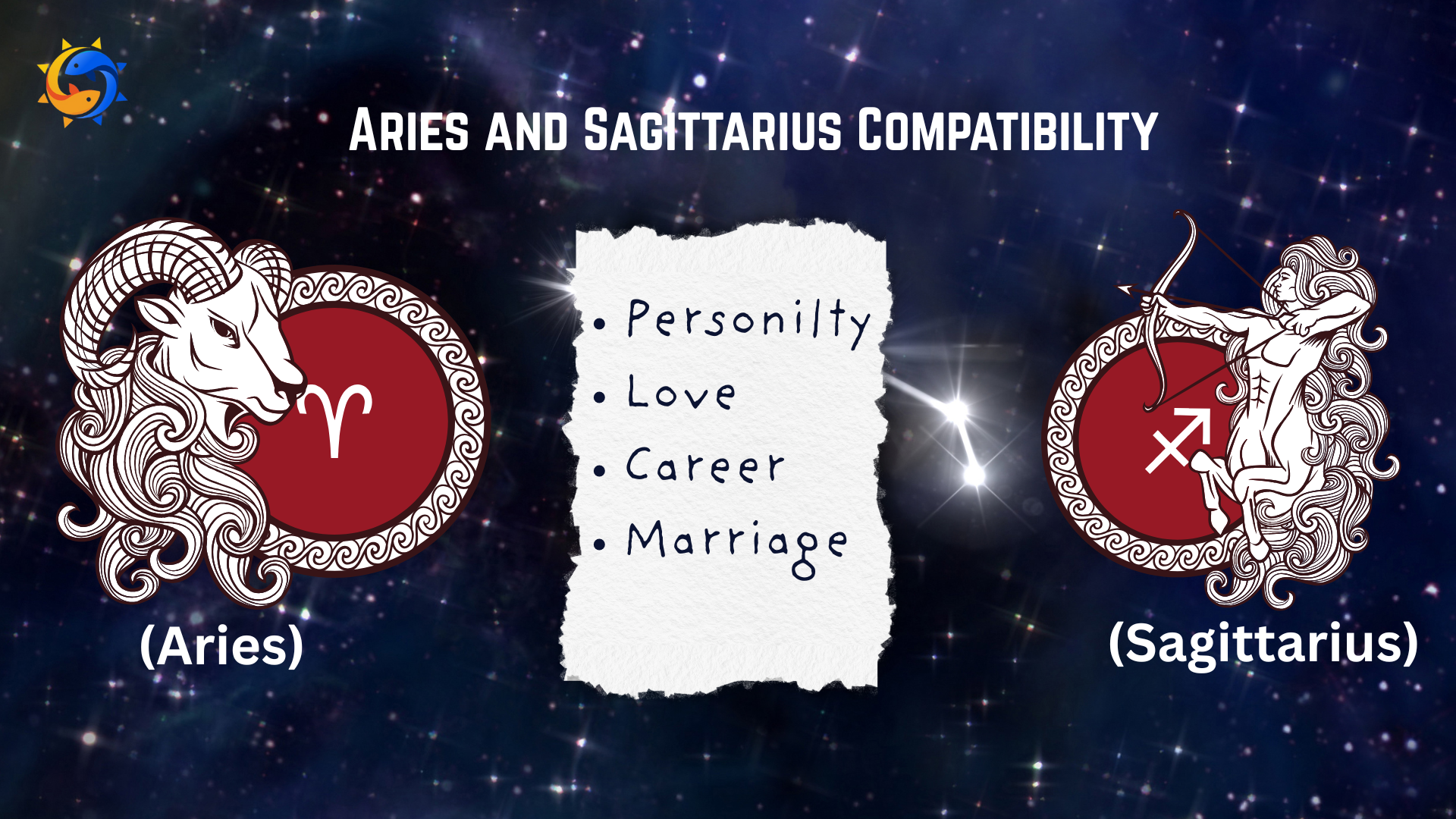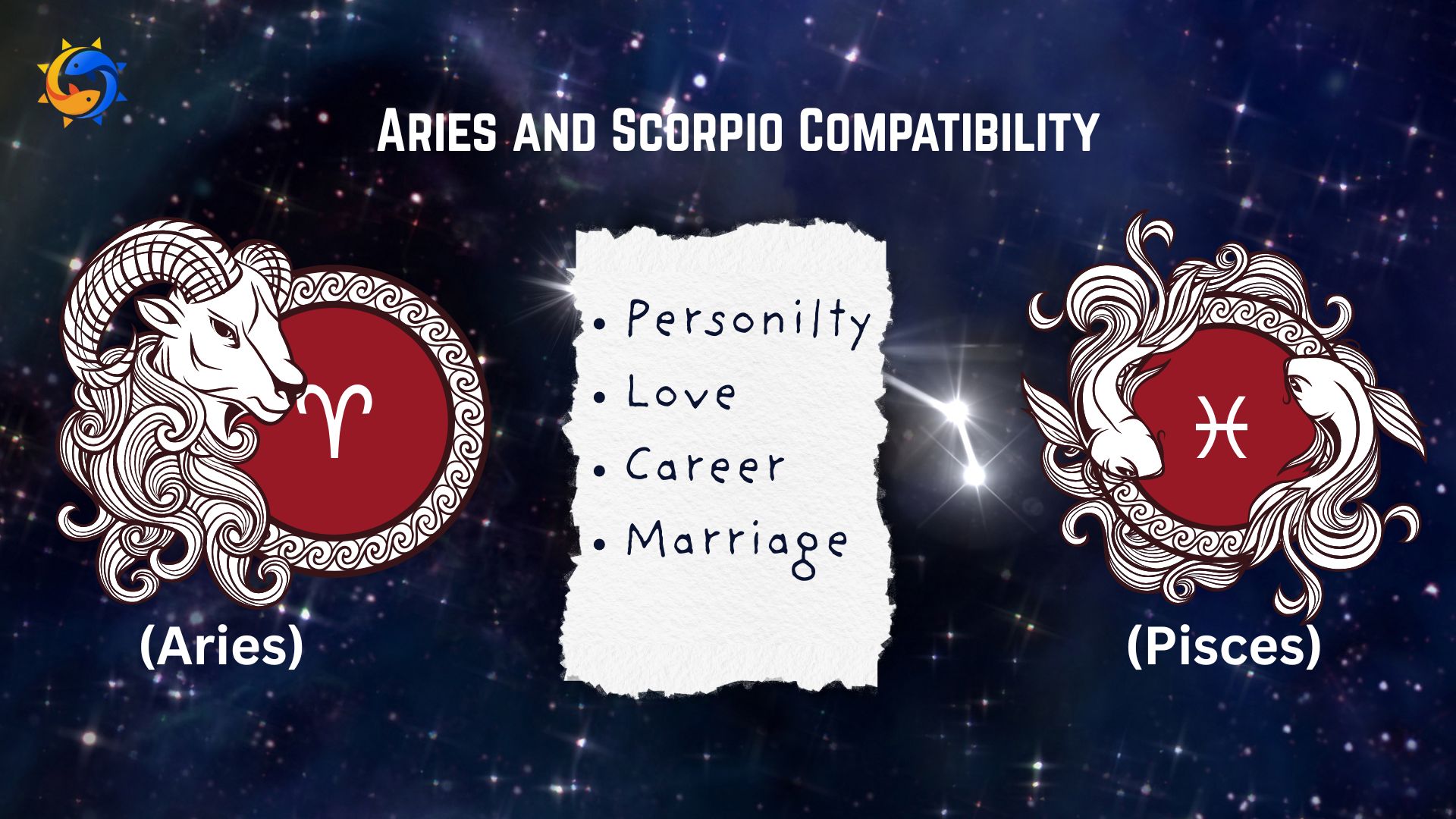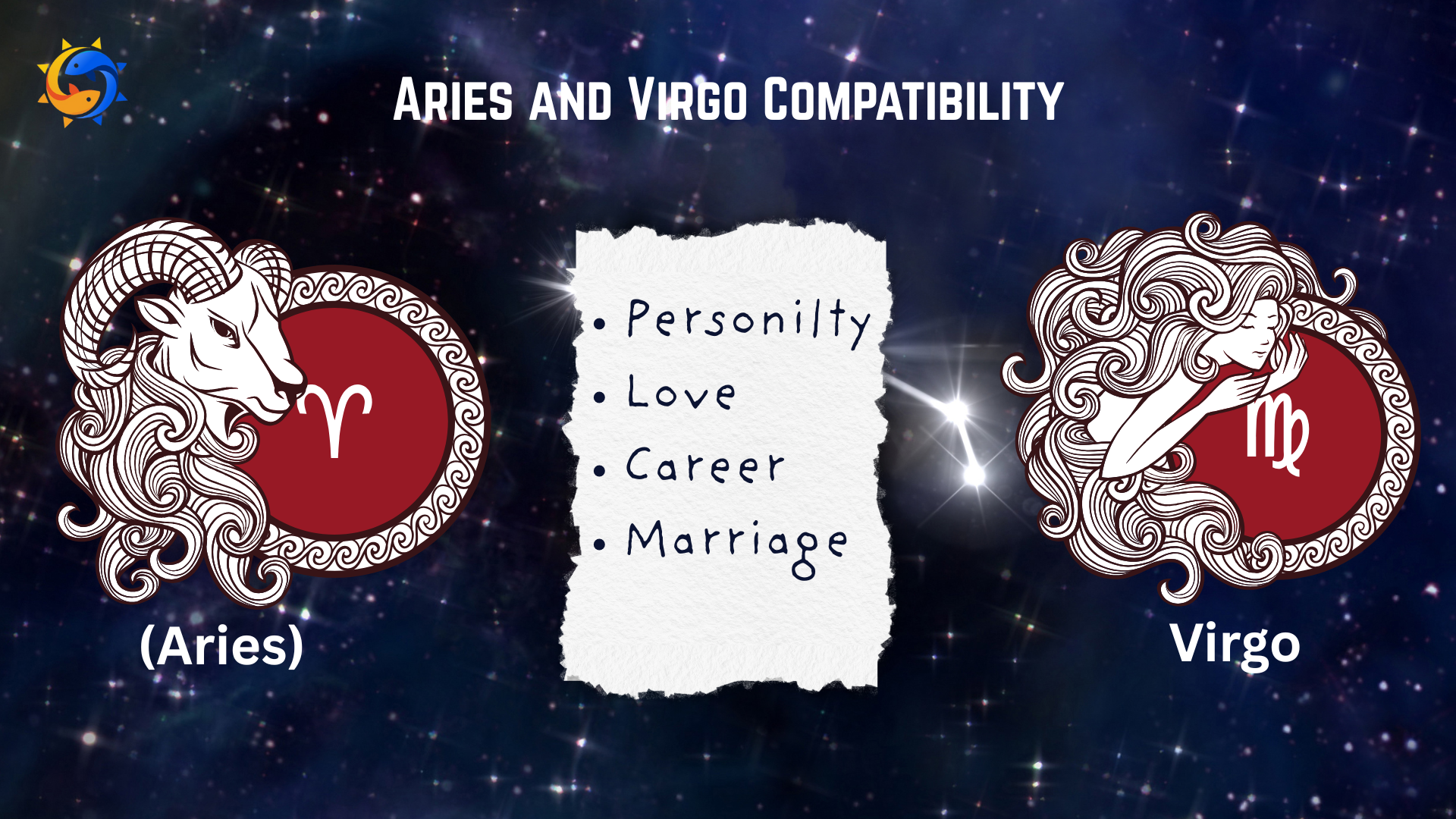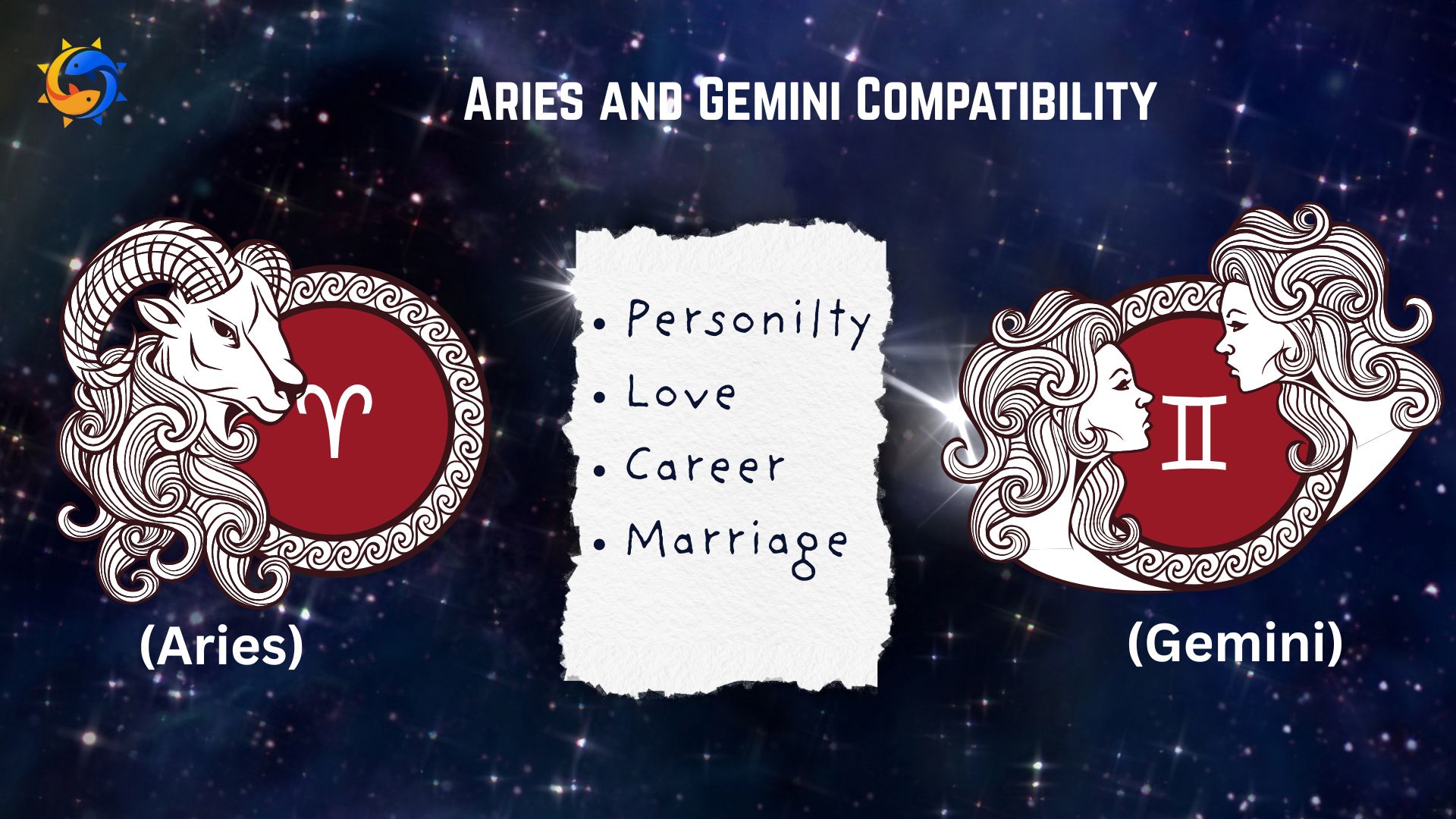Tarot is a system of cards that has intrigued and fascinated people for centuries. Originating in the 15th century, Tarot decks have evolved from playing cards into a profound tool for divination and self-reflection. The rich imagery and symbolism in Tarot cards have made them a staple in esoteric practices and modern spiritual exploration.
The Significance of Tarot in Modern Times
Today, Tarot is more than just a means of fortune-telling; it serves as a tool for personal growth, introspection, and creativity. Many people use Tarot cards to gain insight into their lives, understand their inner workings, and connect with a deeper sense of meaning.
Origins of Tarot
Historical Beginnings
The origins of Tarot are shrouded in mystery. The earliest known Tarot cards date back to the 15th century in Italy, where they were initially used as playing cards. The earliest decks, known as "tarocchi," were hand-painted and often commissioned by wealthy patrons.
Early Tarot Decks
Early Tarot decks, such as the Visconti-Sforza deck, were characterized by elaborate illustrations and vibrant colors. These decks were not initially associated with divination but were used for card games among the nobility.
Tarot and Renaissance Art
During the Renaissance, Tarot cards became intertwined with the era's artistic and intellectual movements. The intricate designs of Tarot cards reflected the Renaissance's fascination with symbolism, allegory, and humanism.
Evolution of Tarot Symbols
As Tarot cards spread across Europe, their symbols and imagery began to evolve. The incorporation of various religious and mystical symbols transformed the cards into a tool for spiritual insight and guidance.
Tarot Structure
Major Arcana
The Major Arcana consists of 22 cards, each representing significant life events and spiritual lessons.
The Fool - Symbolizes new beginnings and innocence.
The Magician - Represents manifestation and resourcefulness.
The High Priestess - Reflects intuition and mystery.
The Empress - Signifies fertility and abundance.
The Emperor - Embodies authority and structure.
The Hierophant - Stands for tradition and spiritual guidance.
The Lovers - Represents love and relationships.
The Chariot - Symbolizes determination and control.
Strength - Reflects courage and inner strength.
The Hermit - Signifies introspection and solitude.
Wheel of Fortune - Represents change and cycles.
Justice - Embodies fairness and balance.
The Hanged Man - Reflects suspension and surrender.
Death - Symbolizes transformation and endings.
Temperance - Represents moderation and harmony.
The Devil - Signifies temptation and materialism.
The Tower - Reflects upheaval and revelation.
The Star - Symbolizes hope and inspiration.
The Moon - Represents illusion and intuition.
The Sun - Embodies success and vitality.
Judgment - Reflects reflection and reckoning.
The World - Symbolizes completion and achievement.

Minor Arcana
The Minor Arcana consists of 56 cards divided into four suits: Wands, Cups, Swords, and Pentacles. Each suit represents different aspects of life.
Cups - Represents emotions, relationships, and intuition.
Wands - Associated with creativity, action, and ambition.
Swords - Signifies intellect, conflict, and decision-making.
Pentacles - Reflects material aspects, such as career and finances.
Suit of Cups :
.png)
Suit of Pentacles :

Suit of Swords
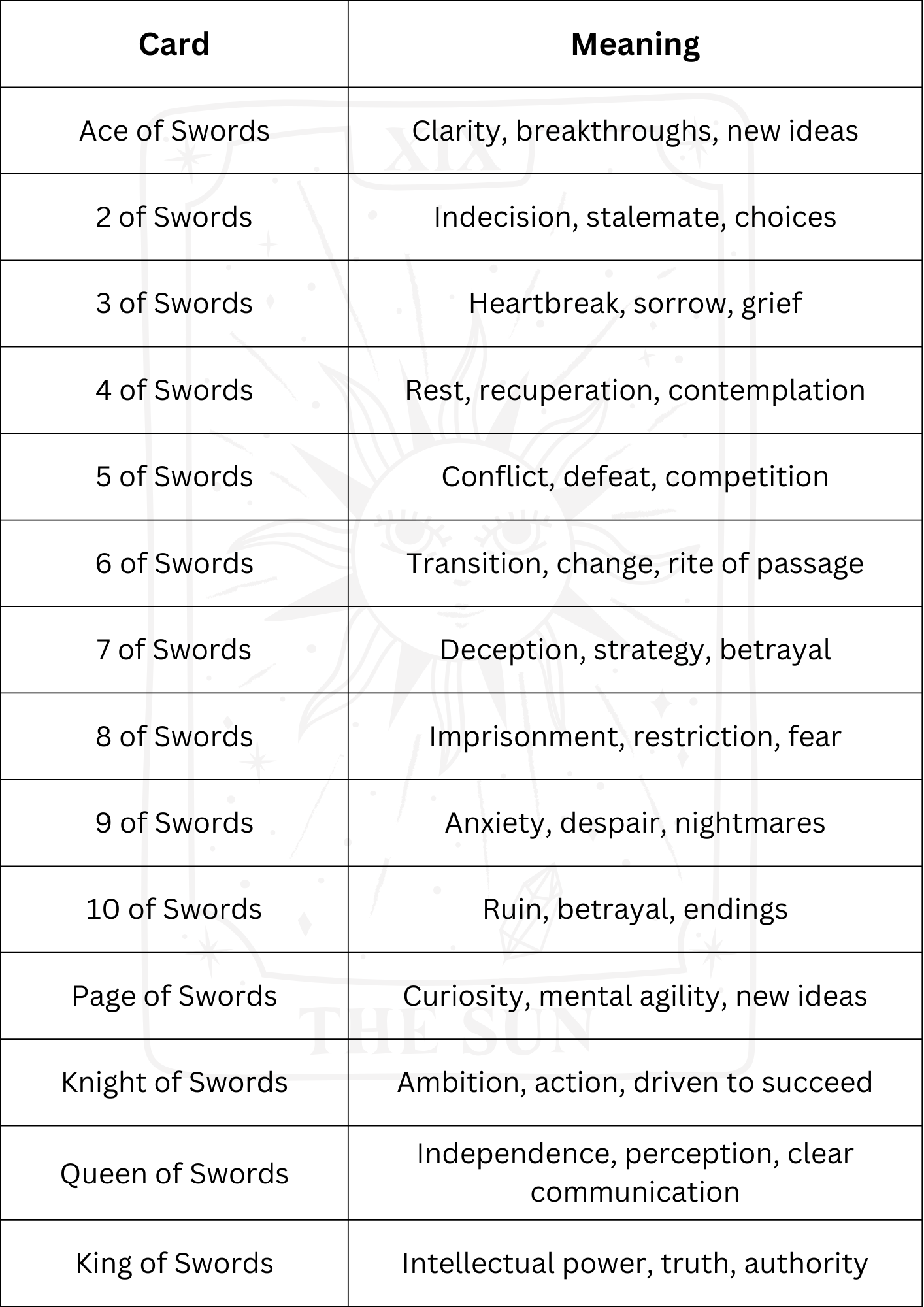
Suit of Wands
.png)
Court Cards
Court cards include the Page, Knight, Queen, and King in each suit, representing different personality types and roles.
Page - Symbolizes curiosity and learning.
Knight - Represents action and pursuit.
Queen - Embodies nurturing and mastery.
King - Signifies authority and control.
Read Also - How Numbers Can Change Your Life: A Guide to Numerology
Historical Development
Tarot in the 15th Century
In the 15th century, Tarot was primarily used for playing games. It wasn't until the 18th century that Tarot cards began to be associated with mystical and occult practices.
Tarot and Mysticism
The connection between Tarot and mysticism became more pronounced with the rise of occult movements in the 18th and 19th centuries. Figures like Antoine Court de Gébelin and Eliphas Lévi contributed to the idea of Tarot as a tool for spiritual insight.
The Golden Dawn and Modern Tarot
The Hermetic Order of the Golden Dawn, a magical and mystical society, played a significant role in shaping modern Tarot. They introduced esoteric correspondences and interpretations that are still influential today.
Influential Tarot Scholars
Key figures such as Aleister Crowley and Arthur Edward Waite further developed Tarot theory and practice. Crowley’s Thoth deck and Waite’s Rider-Waite deck remain among the most widely used Tarot decks.
Tarot Usage
Tarot in Divination
Traditionally, Tarot has been used for divination, providing insights into the future or uncovering hidden aspects of the self. Practitioners use various spreads and card combinations to interpret the cards' meanings.
Tarot in Therapy
In modern therapy, Tarot is employed as a tool for self-reflection and psychological exploration. Therapists use Tarot to help clients gain insights into their emotions and life situations.
Tarot for Personal Growth
Many individuals use Tarot for personal development, setting goals, and exploring their inner selves. The reflective nature of Tarot can assist in understanding personal challenges and aspirations.
Tarot Decks and Variations
Traditional Decks
Traditional Tarot decks include the Marseille deck and the Visconti-Sforza deck, which adhere closely to historical designs and imagery.
Contemporary Decks
Modern decks offer a wide range of artistic styles and themes, reflecting contemporary cultural and artistic trends. Examples include the Wild Unknown Tarot and the Modern Witch Tarot.
Themed Decks
Themed decks cater to specific interests or communities, such as the Cat Tarot or the Vegan Tarot. These decks add a unique twist to traditional Tarot interpretations.
Tarot Practice and Interpretation
Basic Tarot Reading Techniques
To begin reading Tarot, one should familiarize themselves with the card meanings, practice various spreads, and develop intuitive skills. Starting with simple spreads like the three-card spread can be beneficial for beginners.
Common Spreads
Popular Tarot spreads include the Celtic Cross, the Past-Present-Future spread, and the Horseshoe spread. Each spread offers different insights based on the card positions and relationships.
Interpreting Cards in Context
Reading Tarot involves interpreting cards in relation to each other and the specific question or issue at hand. Understanding the context and symbolism of each card is crucial for accurate readings.
The Role of Intuition
While knowledge of card meanings is essential, intuition plays a significant role in Tarot reading. Many practitioners rely on their intuitive insights to guide their interpretations.
Tarot Myths and Misconceptions
Common Misunderstandings
Tarot is often misunderstood as purely a tool for predicting the future. In reality, Tarot is more about exploring possibilities and gaining insights rather than making definitive predictions.
Debunking Tarot Superstitions
Various superstitions surround Tarot, such as the belief that it should only be used by certain people or that it brings bad luck. These misconceptions detract from the genuine and positive uses of Tarot.
The True Nature of Tarot
Tarot is a tool for personal exploration and insight. It does not possess inherent supernatural powers but serves as a reflective medium that can provide valuable perspectives.
Modern Tarot Community
Tarot Enthusiasts and Practitioners
The Tarot community is diverse, including professionals, enthusiasts, and hobbyists. Many people gather in online forums, social media groups, and local meetups to share their experiences and insights.
Tarot Events and Workshops
Tarot events, workshops, and conventions provide opportunities for learning, networking, and experiencing different aspects of Tarot. These events often feature lectures, demonstrations, and hands-on practice.
Online Tarot Resources
Numerous online resources are available for learning Tarot, including websites, blogs, and video tutorials. Online platforms offer courses, guides, and communities for those interested in deepening their Tarot practice.
Conclusion
Summary of Key Points
The history of Tarot is rich and varied, evolving from playing cards into a profound tool for insight and personal growth. Tarot's symbolism and structure provide a deep well of meaning and reflection, making it a valuable practice for many.
Future of Tarot and Its Role
As interest in Tarot continues to grow, its role in personal development, spirituality, and creativity will likely expand. The future of Tarot holds promise for continued exploration and innovation.
FAQ
What is the origin of Tarot cards?
Tarot cards originated in the 15th century in Italy as playing cards. They later became associated with mystical and esoteric practices.
How do Tarot cards work for divination?
Tarot cards are used for divination by interpreting the symbolism and messages within the cards. The cards provide insights based on their meanings and relationships in a spread.
What are the differences between Major and Minor Arcana?
The Major Arcana consists of 22 cards representing significant life themes and spiritual lessons. The Minor Arcana consists of 56 cards divided into four suits, reflecting everyday experiences and situations.
How can someone start learning Tarot?
To start learning Tarot, familiarize yourself with card meanings, practice reading spreads, and develop your intuitive skills. Many resources, including books and online courses, are available for beginners.
Are Tarot cards associated with any particular religion?
Tarot cards are not tied to any specific religion. They are used in various spiritual and personal contexts, and their use can be adapted to different beliefs and practices.





